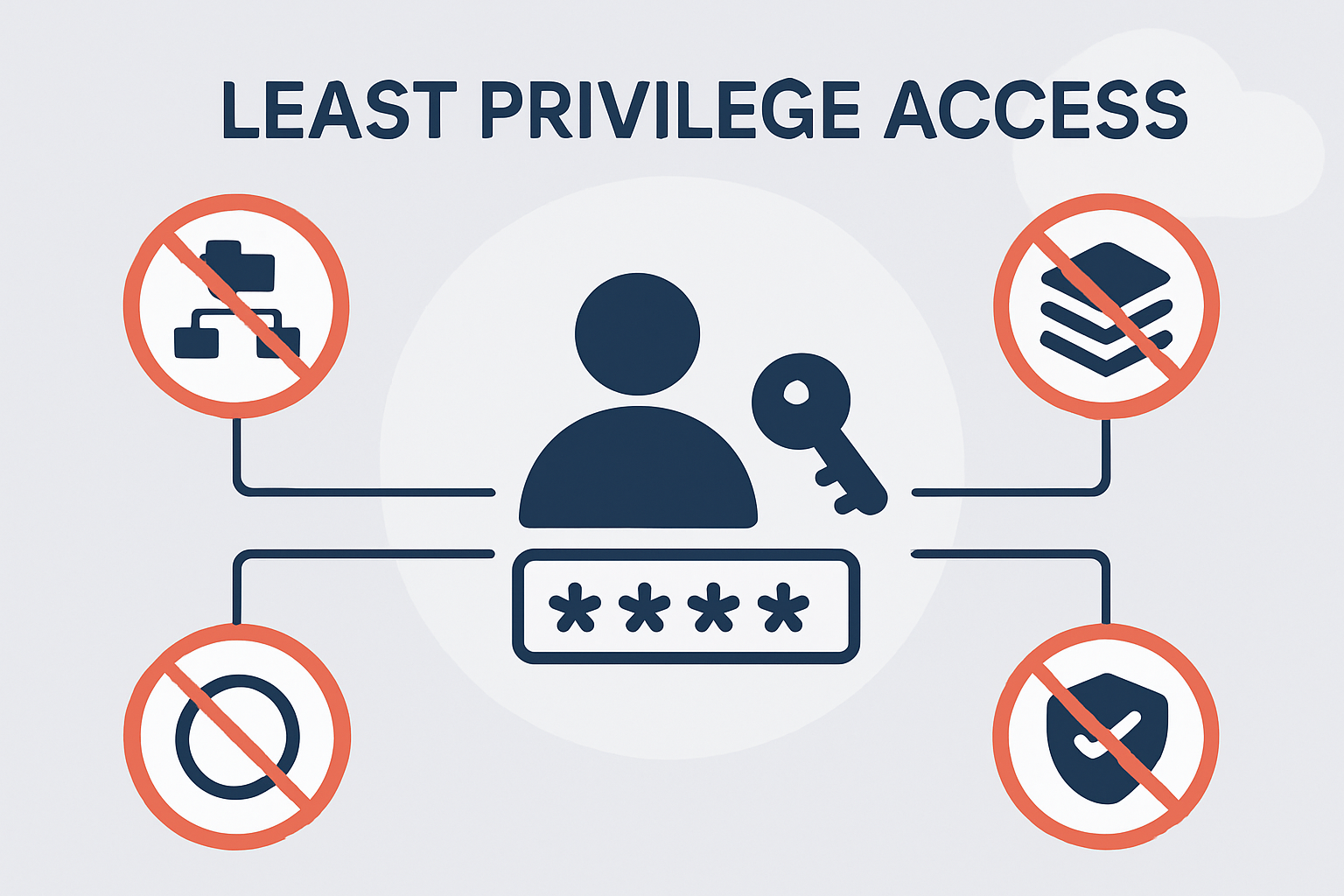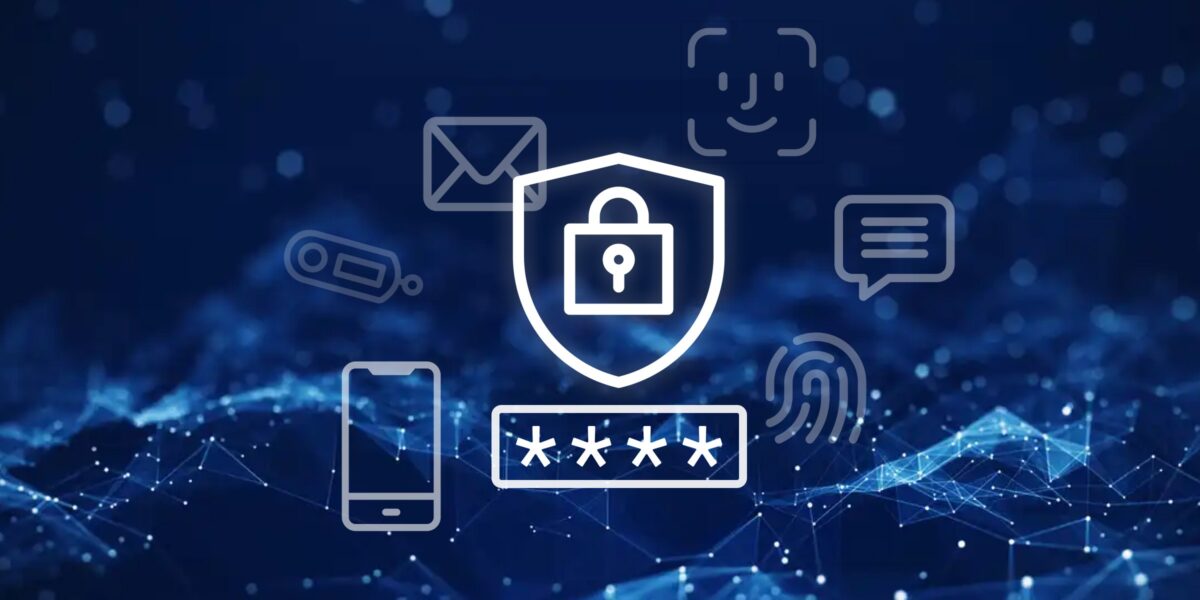In today’s threat landscape, cybersecurity isn’t just about blocking outside attackers, it’s about managing who inside your organization can access what.
That’s where Least Privilege Access (LPA) comes in. It’s one of the simplest and most effective ways to reduce your organization’s risk, yet it’s often overlooked.
What Is Least Privilege Access?
Least Privilege Access means giving users the minimum level of access they need to do their jobs, nothing more.
It sounds simple, but many businesses unknowingly give employees broader access than necessary, leaving them vulnerable to insider threats, accidental data exposure, and external breaches.
Why It’s Important: 4 Real-World Examples
Let’s look at four common scenarios where a lack of Least Privilege Access can cause real damage—and how implementing it can protect your business.
1. The Disgruntled Employee
John, a member of the Finance team, is leaving the company. On his last day, he discovers he still has full access to sensitive HR records. Frustrated with how his departure was handled, he deletes them.
What went wrong?
John should have never had access to edit HR documents. With proper Least Privilege controls, he would’ve only been able to view documents he needed for his finance role and nothing else.
2. The Over-Permissioned Intern
Bill is a summer intern whose only responsibility is to monitor a shared inbox. Due to poor access setup, his account also has access to internal financials, employee data, and project files. One day, his account is compromised and all that data is stolen and held for ransom.
How LPA would have helped:
If Bill’s account had been limited to just the inbox, the impact would have been small. Instead, the attacker gained access to critical business data through an entry-level account.
3. Employees with Local Admin Rights
Sarah is a marketing manager with local admin rights on her laptop. She installs a free file converter she found online, which turns out to be malware. Because she has administrative access, the malware installs successfully and spreads across the company network.
How LPA could prevent this:
Restricting admin rights would’ve blocked the installation and reduced the organization’s exposure to malware and ransomware.
4. The Hidden Risk: Access That’s Never Used
Susan is an executive assistant who was given administrative access to the company’s Microsoft 365 account years ago “just in case.” She never used it, didn’t know what it did and forgot she even had it. One day, her email is hacked. The attacker quietly uses her account’s elevated access to download files, set up forwarding rules, and open backdoors into the system.
How LPA would have helped:
That admin access should have been removed long ago. Regular access reviews and enforcing permissions based on job function would’ve prevented this hidden vulnerability.
Signs You’re Not Using Least Privilege Access Effectively
- Interns or contractors have the same permissions as full-time employees
- Temporary or legacy access is never revoked
- All staff have access to shared folders with sensitive dat
- Employees can install software without IT approval
- You’ve never conducted an access review
It’s About Security and Compliance
Excessive permissions aren’t just a security concern, they can also violate compliance frameworks like HIPAA, GLBA, and GDPR, exposing your business to audits and penalties.
How Ferrara IT Helps Enforce Least Privilege Access
At Ferrara IT, we help clients implement access control through a structured process that includes:
- Auditing Microsoft 365, SharePoint, Teams, and endpoint permissions
- Removing local admin rights on company devices
- Restricting access based on roles and responsibilities
- Reviewing file, app, and system access across the company
- Creating ongoing policies to review and manage permissions over time
The result? A more secure, focused, and productive workplace.
Is Your Business at Risk?
Most businesses don’t realize how much access they’re exposing until something goes wrong. A simple permissions review can uncover major vulnerabilities.
Want help locking down your access controls?
Schedule a free consultation with our team at https://ferrarait.com/contact-us/




